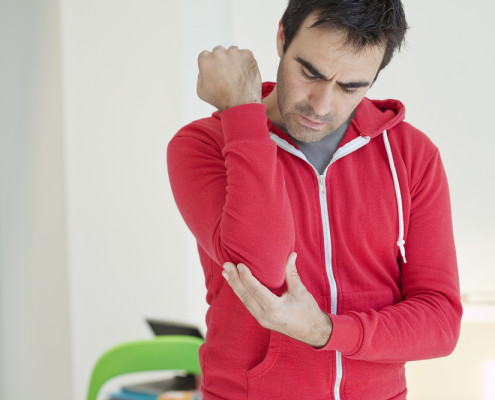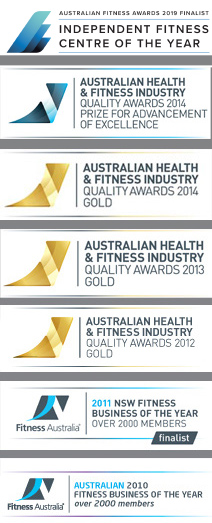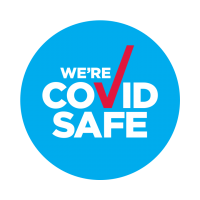Ask The Physio: Tennis Elbow
 In this months ‘Ask the Physio’ I will be providing some useful information about literal spicondblalgia, or as it is more commonly known, ‘tennis elbow’.
In this months ‘Ask the Physio’ I will be providing some useful information about literal spicondblalgia, or as it is more commonly known, ‘tennis elbow’.
Pain over the lateral aspect of the elbow and forearm is a frequent complaint for patients attending our physiotherapy clinic. Pain and discomfort in this region of the elbow can be due to referred pain from the cervical spine and irritation of the elbow joint, however, the most common cause of lateral elbow pain, and the topic of this article, is lateral epicondylalgia.
Terminology & Pathology
Lateral epicondylalgia has been referred to in the past as ‘tennis elbow’ due to the large incidence of this condition in tennis players. More recently this term has gone out of favour as the condition can, and often does, occur in individuals who do not play tennis. The other term previously used for this condition was ‘Lateral Epicondylitis’ in reference to the previously held theory that the pain felt in the area of the lateral epicondyle (a ridge of bone on the lateral side of the forearm) was due to an inflammatory process.
It is now believed that there is a fundamental change in the structure of the forearm tendons and that is more closely associated with tendon degeneration than active inflammation. It is possible to have a combination of inflammation as well as tendon degeneration however; with long standing elbow pain the condition sis more likely to be degenerative, which explains why anti-inflammatory medications often have little or no effect on the symptoms in long term cases.
Signs & Symptoms
Typically, lateral epicondylalgia presents itself when a patient complains of lateral elbow pain one or two days after a bout of vigorous activity that incorporated repeated and powerful wrist extension. Typical examples include painting, using a screwdriver and bricklaying. In the sporting world the pain may arise following extended sessions of tennis or squash, and in the gym following a change in workout program or increase in load.
The pain can be localised to the lateral epicondyle area, but is often felt down into the mid forearm. The severity of the symptoms can also vary from a mild ache with muscle contraction to a deep pain at rest, and may be severe enough to affect sleep. Factors that may contribute to the development of this condition include an increase in wrist extensor activity, change in equipment, reduced recovery between sessions and poor exercise technique in the gym.
Management
As with all episodes of pain, it is essential the client is examined by one of our physiotherapists as soon as possible. As medical professionals we will be able to evaluate the extent of the injury, determine an accurate diagnosis and chart the most appropriate management strategy to return the client to full function.
The keys to successful rehabilitation in lateral epicondylagia are a well-constructed and progressive rehabilitation plan and an understanding of the importance of reducing the extensor muscle load.
The primary methods used to reduce load include a minimisation of the amount of gripping activities, reduction of racquet sports, and reducing the total weekly training volume. Furthermore, assessment of postural dysfunction and implementation of appropriate changes to your posture are vital in non-activity related lateral epicondylagia.
Local physiotherapy treatment will involve elbow mobilisation, anti-inflammatory modalities, dry-needling (acupuncture), regular icing, stretching and appropriate cervical spine treatment – as there is often a link between elbow pain and neck pathology.
How can you help the pathology?
Individuals can assist in reducing the tendon load by using open hand machine strength training equipment (ie. seated chess press, smith machine presses and machine shoulder press) in preference to barbell and dumbbell lifts. Barbells and dumbbells require the client to grip harder to stabilise the load ,whereas the machine based exercises are able to be performed with a more ‘open hand’, thus reducing the load on the extensor muscles.
An important component of the rehabilitation process is the need for an effective strengthening program to restore pre-injury function. The majority of exercises should be performed pain free with close attention being paid to any post exercise pain and especially increased pain the morning after a rehabilitation session; the need for appropriate strengthening must be balanced with possible aggravation of symptoms.
A useful exercise employed in the strengthening program for lateral epicondylalgia is the ‘eccentric forearm extensions’.
The progression of the strengthening program should always be overseen by that treating physiotherapist, as re-injury and poor recovery are often caused by over-enthusiastic patients and premature return to exercise and sport. As with all conditions, the earlier you consult us the better, however, with lateral epicondylalgia, your prognosis is highly dependent upon how quickly you act. Tackle it early and you will be fixed quickly and back in the gym in no time!
Revesby Physiotherapy has been established for more than 25 years and provides the local area with a high level of expertise in the assessment and treatment of musculoskeletal injuries.
Health Mates members receive a discount on treatment – phone them today on 9772 2586 and organise your free initial assessment.










